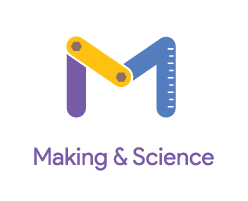We're thrilled to be handing the project to a partner that has a long history of supporting open source and education. The Arduino Science Kit for middle school students was developed in 2019 in partnership with Science Journal. The Arduino Science Journal Android source code and iOS source code, are already available on GitHub along with the Science Journal Arduino firmware. We've put a lot of time and energy into making Science Journal a great app for students and science enthusiasts everywhere, and we're confident that it will continue to thrive in its new home.
Although Google's Science Journal apps are still available on the App and Play Store today, these apps will no longer be supported after December 11, 2020, at which point Google Drive Syncing will stop working and Google's versions of the apps will no longer be available for download. However, existing Science Journal experiments can be exported from Google's Science Journal apps and imported into Arduino Science Journal at any time. You can find more information about this handoff in our Help Center article.
We see this change as a win for Google, Arduino, Science Journal, and for open source overall. Since Science Journal is an app for kids and schools, we wanted to be particularly careful with this transition. By supporting Arduino in releasing their own version of Science Journal and forking our code on GitHub, we were able to effectively hand off the project without transferring any user data or Intellectual Property. We hope this approach can serve as an effective model for future projects that need to reallocate their resources but don't want to let down their users (as we like to say: focus on the user, and all else will follow).
Moving forward, all future updates will be happening through Arduino's versions of the apps. You can stay up-to-date on the Arduino Science Journal website and experiment with their new hands-on activities, and if you have any questions, you can contact them on the Arduino Science Journal Forum.
Although the Science Journal project is moving on from Google, we still think data and scientific literacy are critically important for present and future generations, now more than ever. With the ubiquity of smart devices in classrooms and at home, we think Science Journal remains the perfect solution for parents and teachers looking to provide students with hands-on learning opportunities during this time period. We hope you enjoy using Science Journal as much as we have, and we're excited to see how the project will continue to evolve moving forward.
By Maia Deutsch and the Science Journal Team






